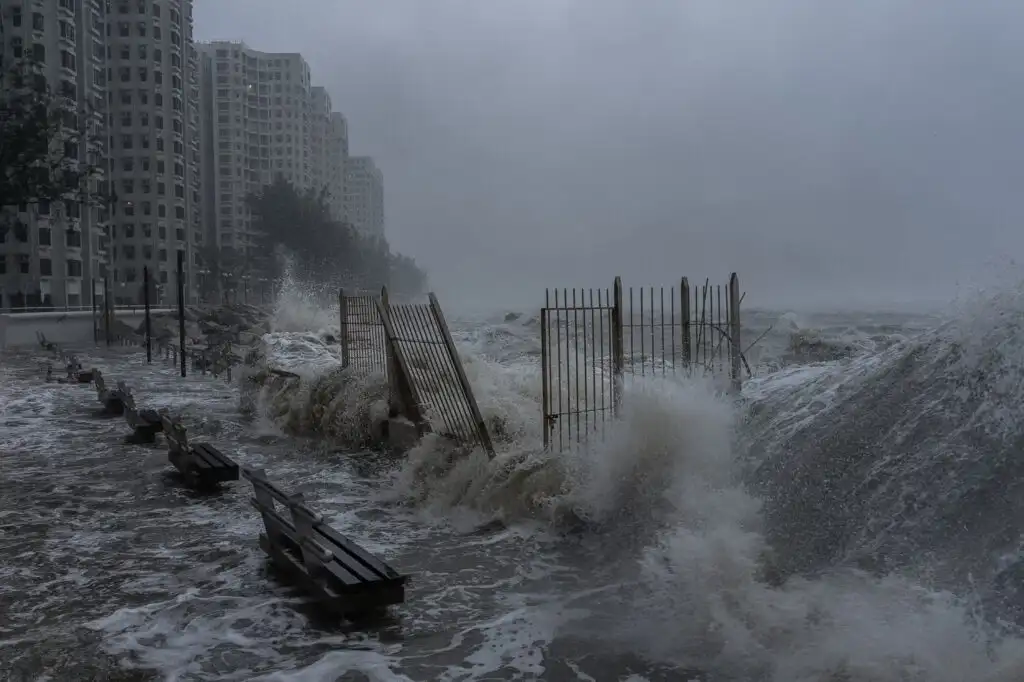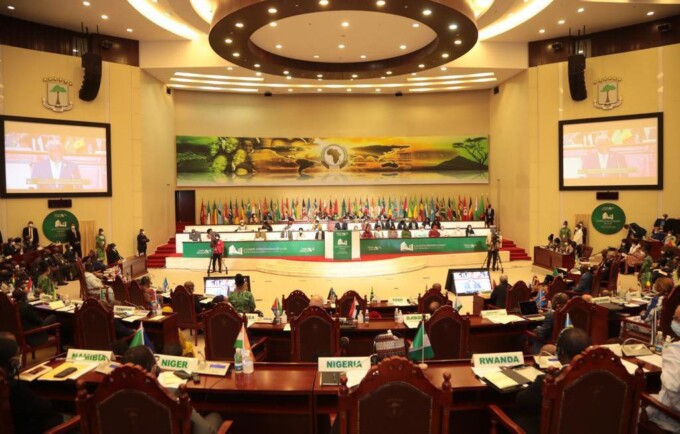Super Typhoon Ragasa, the strongest tropical cyclone of 2025, struck southern China on September 24, inflicting widespread devastation, particularly in Hong Kong. The typhoon brought fierce winds and substantial waves, resulting in significant flooding and damage to infrastructure, as well as numerous injuries across the region.
One notable incident occurred at the Fullerton Ocean Park Hotel, where massive waves breached the hotel’s doors, flooding the lobby. Despite the dramatic scenes of seawater pouring in and debris being swept inside, hotel staff efficiently maintained the safety of guests and employees, with no injuries reported from this event.
The typhoon’s destructive impact was evident throughout the city, as strong winds uprooted thousands of trees and caused structural damage. Coastal areas experienced extensive flooding, rendering roads impassable and disrupting transportation services. Over 60 people sustained injuries and required medical assistance at local hospitals.
In anticipation of further threats, Hong Kong authorities activated the highest typhoon warning, Signal No. 10, leading to the closure of schools, businesses, and public transportation. Residents were advised to stay indoors and avoid low-lying coastal areas to minimize risks from storm surges.
As Ragasa weakened and moved away from Hong Kong, recovery efforts commenced. Emergency teams worked diligently to clear debris, restore damaged infrastructure, and support displaced residents. The Hong Kong Observatory subsequently downgraded the warning to Signal No. 3, indicating a gradual return to normalcy.
In the aftermath, the events surrounding Super Typhoon Ragasa highlight the region’s susceptibility to severe cyclones, prompting both authorities and residents to prioritize rebuilding and enhance measures aimed at reducing the risks associated with future extreme weather events.











Leave a comment